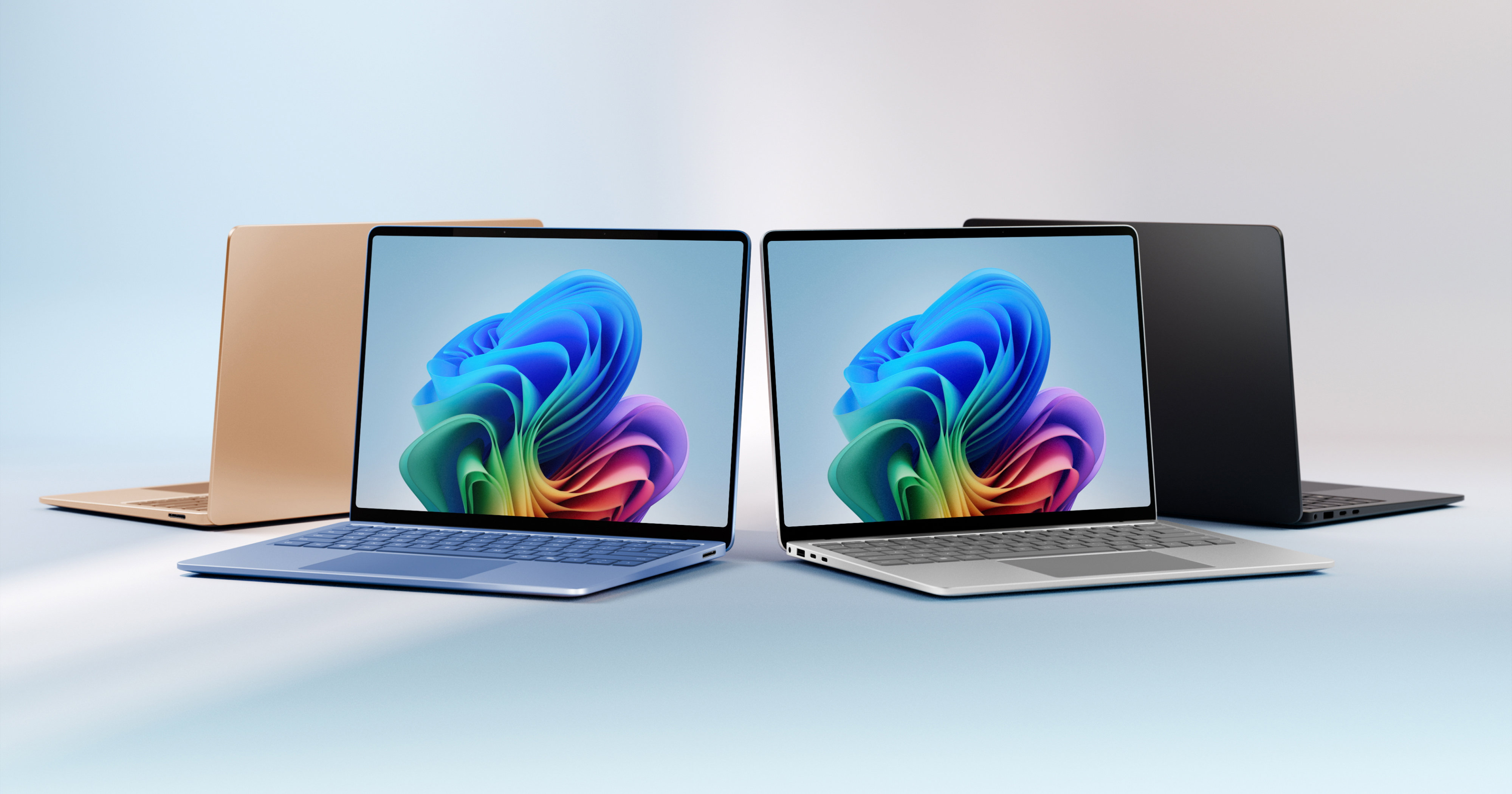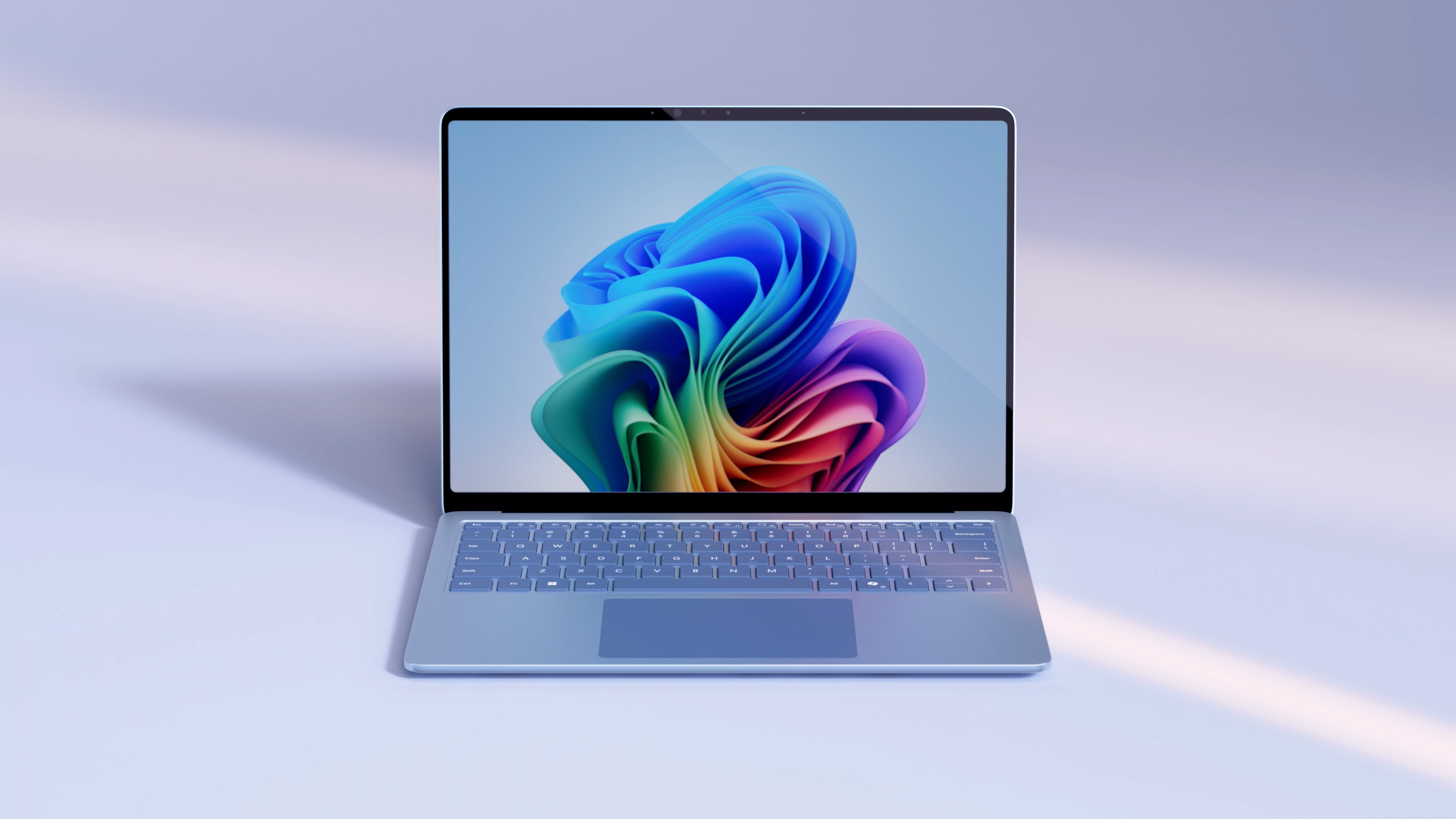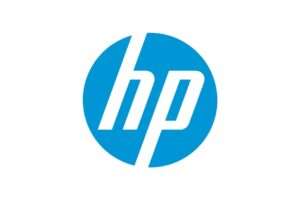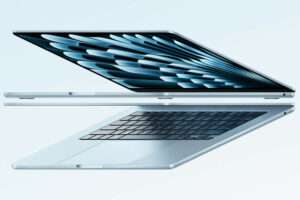A Familiar Face, Evolved Performance:
The Microsoft Surface Laptop has carved a niche in the premium Windows laptop market, renowned for its sleek design, exceptional build quality, and focus on user experience. The 2024 iteration, the Surface Laptop 7th Edition, promises to refine the familiar formula with a focus on performance and user comfort. Let’s delve into the key features, performance upgrades, and potential benefits of this newest addition to the Surface Laptop family.
Design that Endures: A Timeless Aesthetic
The Surface Laptop 7 maintains the design language that has become synonymous with the series. The signature unibody chassis, crafted from luxurious Alcantara fabric or machined aluminum, exudes a sense of sophistication and durability. The clean lines, minimalist bezels, and variety of color options (including the new vibrant Cobalt) ensure the Surface Laptop 7 remains a head-turner.
Here’s a quick comparison of the design with a popular competitor, the Apple MacBook Air M3:
| Feature | Microsoft Surface Laptop 7th Edition | Apple MacBook Air M3 |
|---|---|---|
| Materials | Alcantara fabric or aluminum | Aluminum unibody |
| Display Size | 13.8-inch | 13.6-inch |
| Weight | Varies by material (lighter with Alcantara) | Slightly lighter |
While both laptops boast premium materials and sleek designs, the Surface Laptop 7 offers the unique option of the Alcantara fabric, which some users might prefer for its softer feel and grip. The display size remains consistent with the previous generation Surface Laptop, while the MacBook Air M3 offers a slightly smaller screen.
Power Up Your Productivity: Performance Enhancements
The most significant change in the Surface Laptop 7 lies under the hood. Microsoft ditches the traditional Intel and AMD processors and embraces the Qualcomm Snapdragon X chip. This shift to a Windows on ARM architecture promises several advantages:
- Improved Performance: Benchmarks suggest the Snapdragon X can compete head-to-head with Intel’s Core Ultra 7 processors in terms of raw performance. This translates to a smoother experience when running demanding applications.
- Enhanced Battery Life: The Snapdragon X boasts superior battery efficiency compared to previous generations. Users can expect significantly longer battery life, exceeding 22 hours of local video playback in some tests.
- Always Connected: The Snapdragon X integrates an LTE modem, offering optional cellular connectivity for seamless on-the-go internet access.
Here’s a breakdown of the processor and battery life compared to the previous generation Surface Laptop:
| Feature | Microsoft Surface Laptop 7th Edition | Microsoft Surface Laptop 6 |
|---|---|---|
| Processor | Qualcomm Snapdragon X | Intel Core i5/i7 or AMD Ryzen |
| Battery Life | Up to 22+ hours (local video playback) | Up to 15 hours |
The switch to the Snapdragon X chip delivers a substantial leap in battery life, a crucial factor for users who demand all-day productivity on a single charge.
A Refined User Experience: Comfort and Security
The Surface Laptop 7 continues its focus on user comfort and security. The signature PixelSense touchscreen display offers vibrant colors, sharp visuals, and excellent touch responsiveness. The backlit keyboard maintains its comfortable key travel and responsive typing experience. Additionally, Windows 11 continues to be pre-installed, offering a familiar yet updated user interface.
Security remains a priority, with Windows Hello facial recognition providing a convenient and secure login method. Additionally, the discrete TPM chip ensures hardware-level encryption for your data.
Here’s a quick comparison of the display and keyboard with a competitor, the Dell XPS 13:
| Feature | Microsoft Surface Laptop 7th Edition | Dell XPS 13 |
|---|---|---|
| Display Technology | PixelSense (touchscreen) | OLED (optional) or LED |
| Keyboard | Backlit, comfortable key travel | Backlit, various key travel options |
The Surface Laptop 7 maintains its touchscreen display, a feature not present in all competing laptops. The Dell XPS 13 offers the option of an OLED display for richer colors, but the Surface Laptop 7’s PixelSense display remains a high-quality option. Both laptops feature backlit keyboards, but the typing experience might vary based on user preference.

Is the ARM Leap a Worthy Gamble? Considering the Competition
The transition to a Windows on ARM architecture is a bold move by Microsoft. Here’s a look at how the Surface Laptop 7 stacks up against a competitor with a traditional x86 processor:
- Performance: Benchmarks suggest the Snapdragon X can compete with Intel’s Core Ultra 7 processors in most tasks. However, some niche applications optimized for x86 architecture might see a slight performance dip on the Surface Laptop 7.
- Software Compatibility: While Windows on ARM has come a long way, there might still be a handful of legacy applications that are not yet optimized for ARM processors. Users who rely on specific software should check compatibility before making the switch.
- Price: The Surface Laptop 7 carries a premium price tag, similar to other laptops in its category.
Overall, the decision of whether the Surface Laptop 7 is the right choice depends on your specific needs and priorities. Here’s a breakdown for different user profiles:
Ideal for:
- Power Users who value battery life: The combination of the Snapdragon X chip and long battery life makes it perfect for users who demand all-day productivity without needing to constantly recharge.
- Mobile Professionals: The optional cellular connectivity and long battery life make it a compelling option for those who work on the go.
- Fans of the Surface Design: Users who appreciate the signature Surface aesthetic and comfortable keyboard will find the Surface Laptop 7 to be a familiar and refined experience.
Not Ideal for:
- Gamers: While the Snapdragon X offers improved performance, it might not be ideal for running the latest high-end games at the highest settings.
- Users Reliant on Specific Software: If your workflow relies on niche applications that haven’t transitioned well to ARM architecture, the Surface Laptop 7 might not be the best choice.
- Budget-Conscious Users: The premium price tag might deter users looking for the most affordable option in the high-performance laptop market.
In Conclusion: A Refined Evolution with an ARM Gamble
The Microsoft Surface Laptop 7th Edition represents a significant evolution for the series. The shift to the Qualcomm Snapdragon X chip promises improved performance and exceptional battery life. The familiar, high-quality design, comfortable user experience, and focus on security remain hallmarks of the Surface Laptop experience. However, the transition to a Windows on ARM architecture presents a potential gamble for some users. While the performance gap with traditional x86 processors is narrowing, there might still be compatibility concerns with specific software.
Ultimately, the Surface Laptop 7 caters to a specific user profile – power users who prioritize long battery life, mobile professionals who require constant connectivity, and fans of the Surface design language. If you fall into this category and are willing to embrace the shift to ARM architecture, the Surface Laptop 7 offers a compelling blend of style, performance, and endurance. However, for those who require absolute cutting-edge performance for specific applications or are wary of potential software compatibility issues, a traditional x86-based laptop might be a safer choice.
















Add Comment